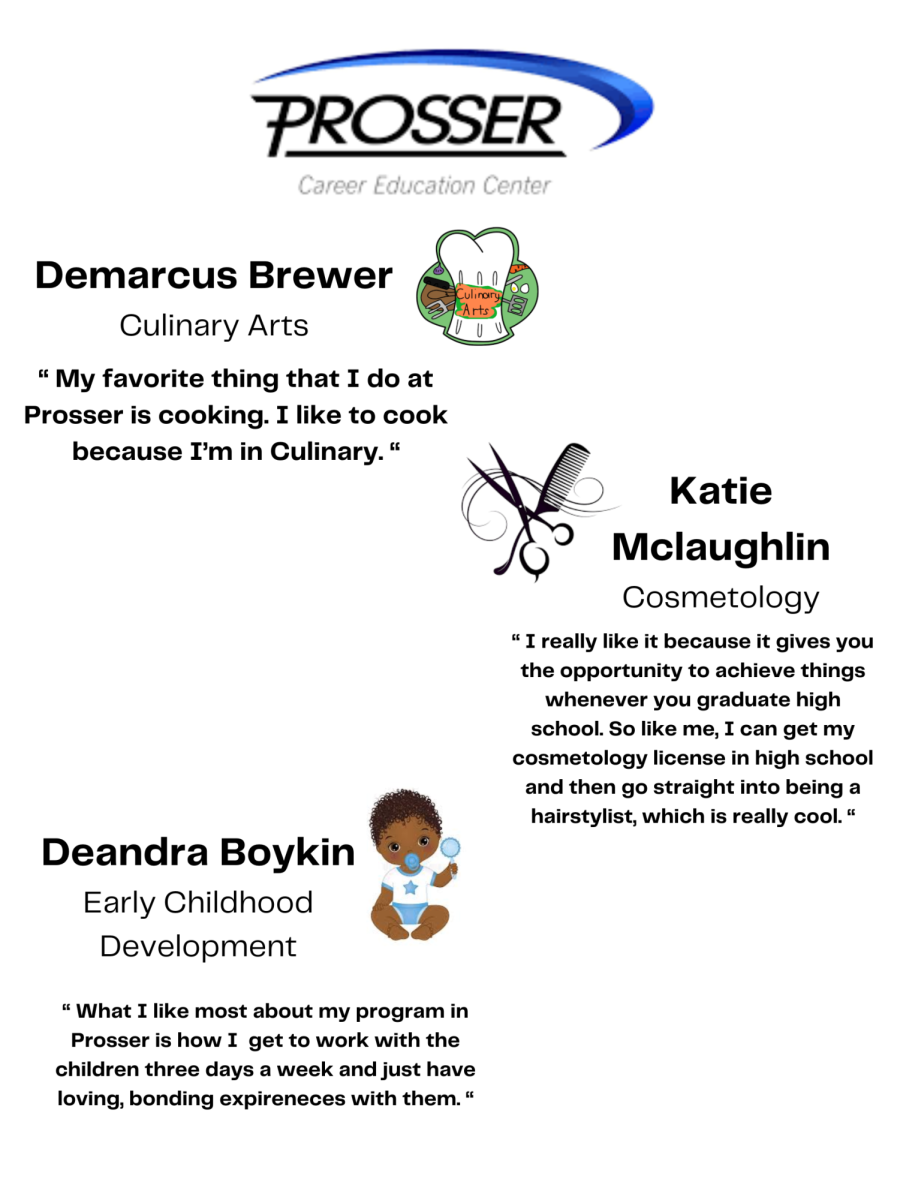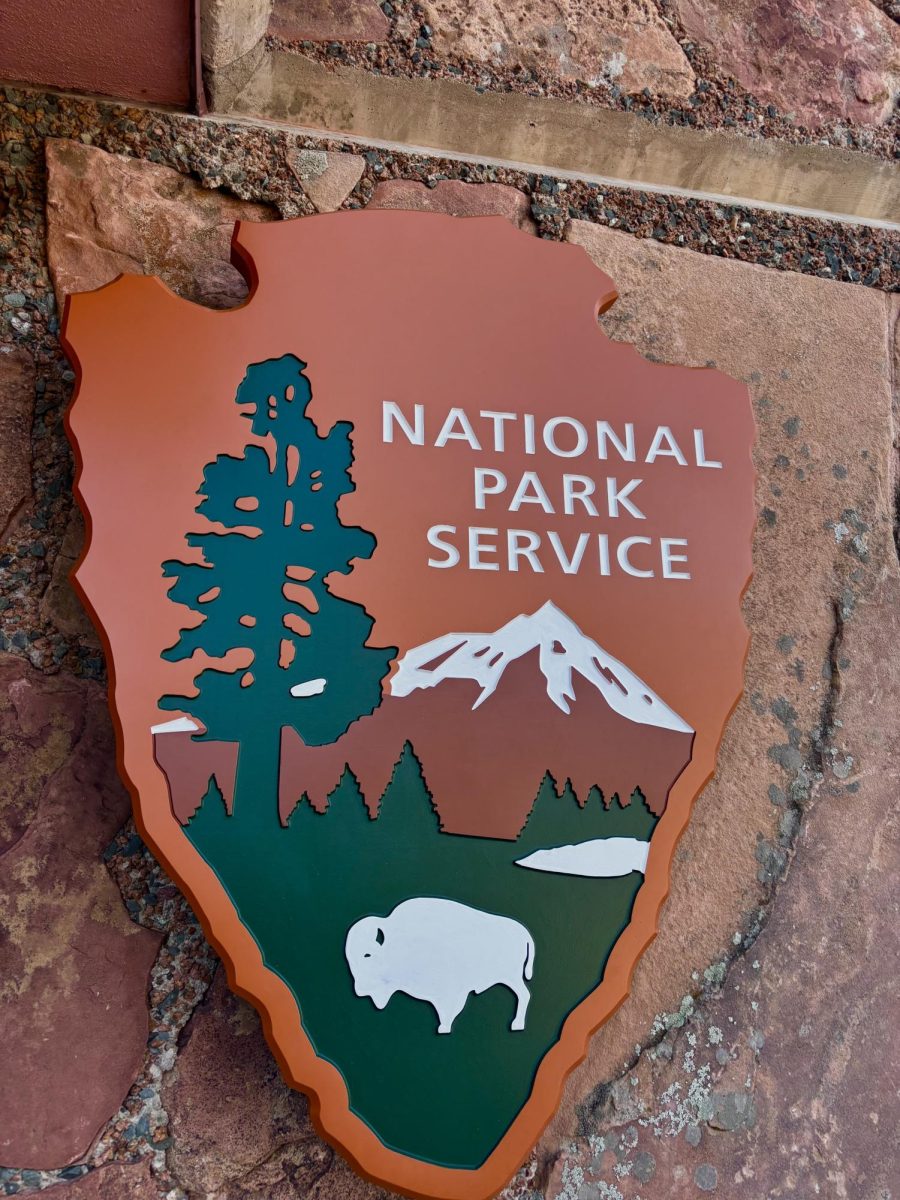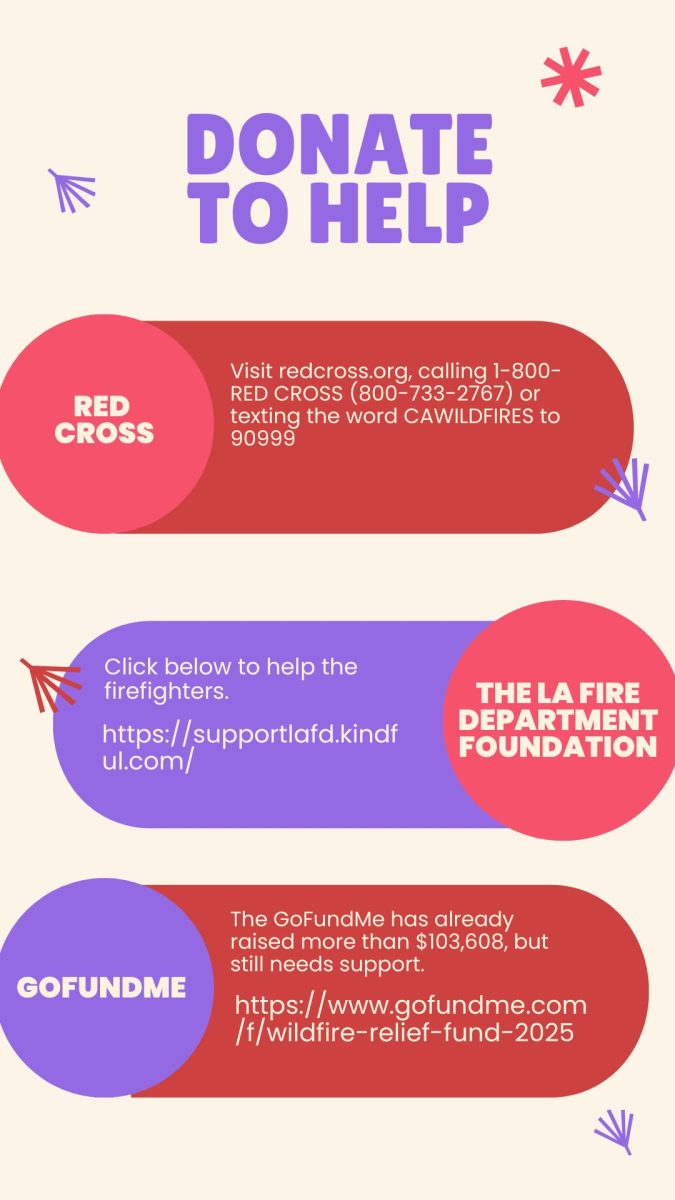By Maria Johnson
Violence, racism, sexuality, and much more has been spotted in books of all kind for as long as one can remember. Throughout history people have been writing their thoughts, and other people not approving of them. Often it’s parents seeking to protect their children, teachers afraid of over-exposure to young students or just people whose minds have been closed about certain issues. Books have been, and still are being, challenged and expelled from libraries left and right. However, is it really one person’s place to tell another person what they can and cannot read?
Last week was Banned Book week.
According to the American Library Association, “Intellectual freedom—the freedom to access information and express ideas, even if the information and ideas might be considered unorthodox or unpopular—provides the foundation for Banned Books Week.” Banned Book week features books that were challenged, some of which got banned and some which were saved from that fate.
As a parent, it may be acceptable for them to decide for their kids, but how far have we let a few parents’ decisions go?
NAHS librarian Jean Noe explained the process of challenging and banning books.
“If a person thinks a book shouldn’t be allowed in the school library, they can fill out an application to challenge the book,” Noe said.
There is a designated group of administrators who review the reasons and decide if they are legitimate enough to remove the book from shelves. If the challenger is dissatisfied with the answer, they may take it to the central administration, who will then create an ad hoc group that meets when necessary. If there are enough people behind the challenge, the book might be banned.
Many students may be surprised to find out how many banned books they’ve read. Among the long list are as follows: The Great Gatsby, The Catcher in the Rye, To Kill a Mockingbird, The Color Purple, The Lord of the Flies, 1984, Brave New World, Animal Farm, Of Mice and Men, A Separate Peace, and many more. Books that were previously banned are often used in the classroom.
“Many banned books have themes and principles that relate to today’s students. The reason the books are banned are often found to be the most effective teaching tools.”
It has become difficult for plenty of authors. They must choose if it’s worth the risk of writing what they want to write, knowing it may be banned and decrease their audience.
Judy Blume writes in the book Places I Never Meant to Be, “I wanted only to write what I knew to be true.”
The few bannings at first didn’t bother her, but soon, she shares, “Not only would they (the censors) decide what their children could read but what all children could read. Suddenly books were seen as dangerous to young minds. Thinking was seen as dangerous, unless those thoughts were approved by groups like Moral Majority, who believed with certainty they knew what was best for everyone.”
There is a place to draw the line. Perhaps second graders shouldn’t be reading about masturbation and erections just yet, but who decides at what age minds are free to explore experiences others have written down and that they’re bound to be faced with? Different people relate to different situation at different times in life.
“I struggle each day not to let the fear of the censor poison my writing. Where the censor rules, a dull sameness creeps into books. Am I becoming cautious, being too careful in what I choose to write about, watching my language? It’s this caution inside that I fear, more than the censors. If I can’t write what I want to write, than what am I doing?” said Harry Mazer, author of You Come, Too, A-Ron.






